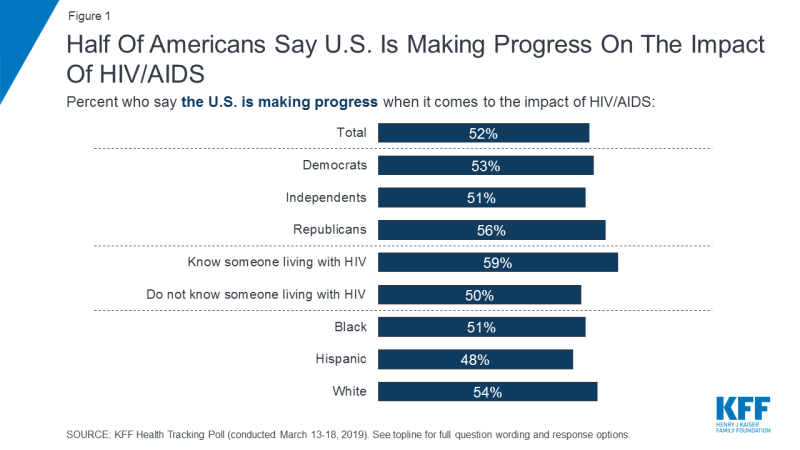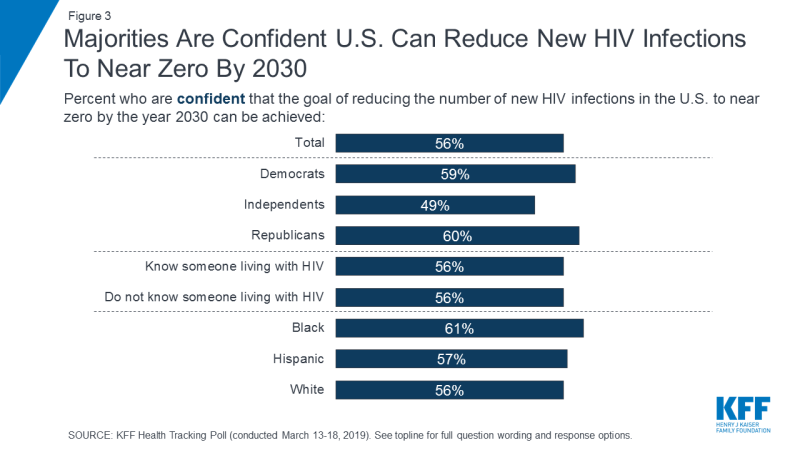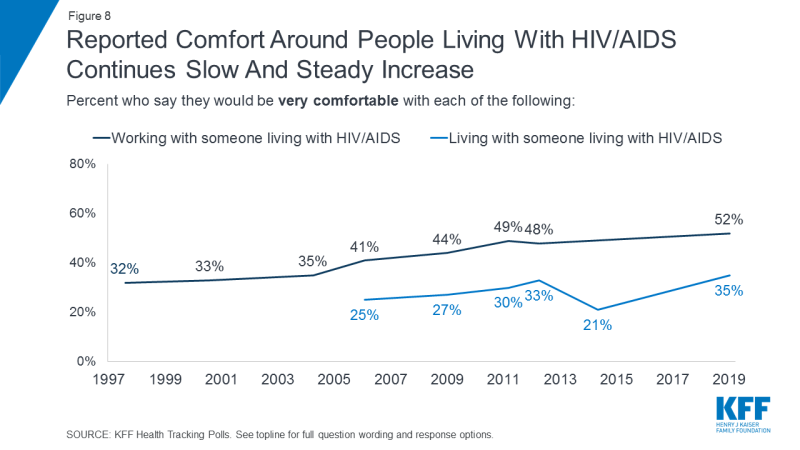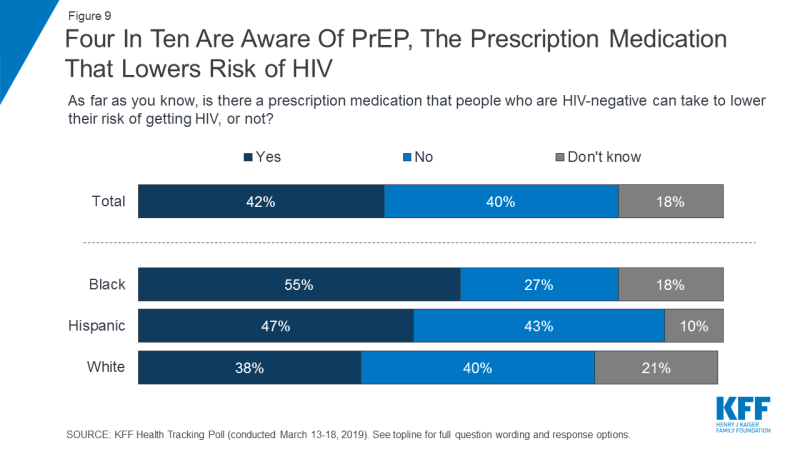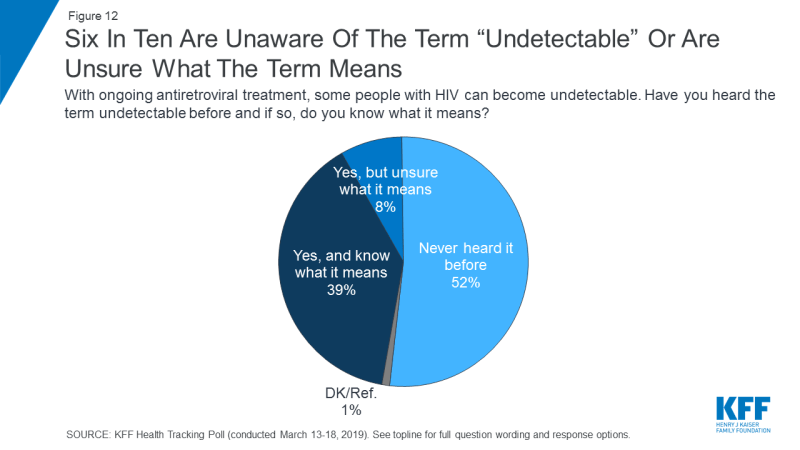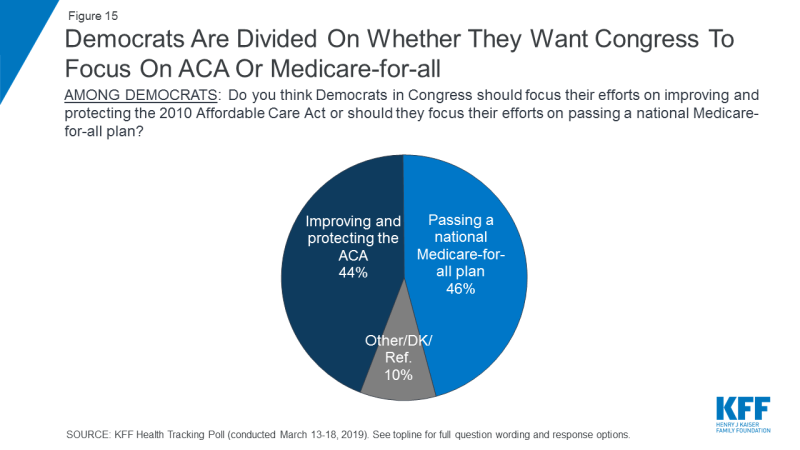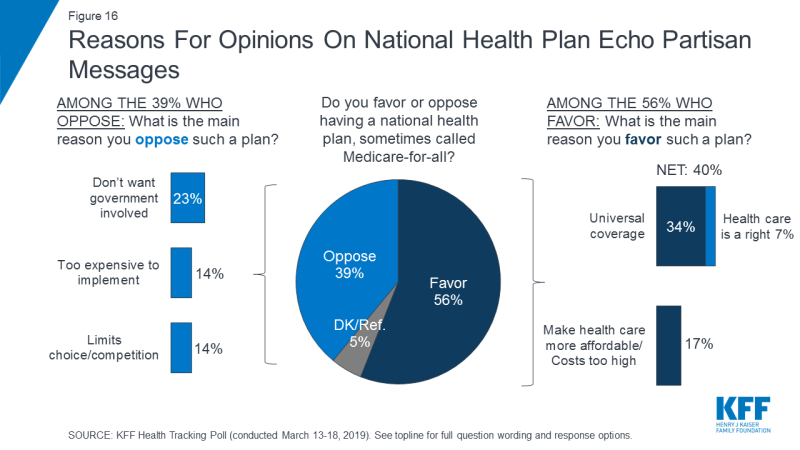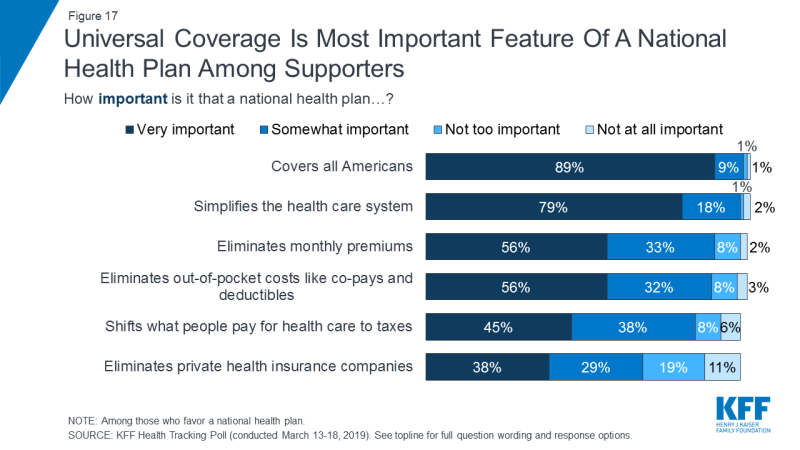KFF Health Tracking Poll – March 2019: Public Opinion on the Domestic HIV Epidemic, Affordable Care Act, and Medicare-for-all
Key Findings:
- Kaiser Family Foundation has been tracking the public’s attitudes towards the domestic HIV/AIDS epidemic for more than two decades and this month’s survey explores the public’s attitudes towards and experiences with HIV/AIDS in the U.S., in light of President Trump’s announcement of his plan to eliminate the HIV epidemic in the U.S. within ten years.1 Few say they have heard about the Trump administration’s goal but, while not knowledgeable about the initiative, majorities across partisanship are confident that the goal of reducing the number of new HIV infections in the U.S. to near zero by 2030 can be achieved.
- Most Americans (80 percent) say the impact of HIV/AIDS in the country is a “serious issue” and large shares of the public – especially black Americans and Hispanic Americans – say HIV/AIDS is a “serious concern” for people they know. Nearly four in ten black adults (41 percent) and half (51 percent) of Hispanic adults say they are concerned about getting HIV – including more than three in ten who say they are “very concerned.”
- The survey also assessed public awareness of newer HIV prevention strategies. Knowledge of a prescription medication that helps lower the risk of getting HIV has increased over time, from 14 percent in 2014 to 42 percent in the most recent tracking survey, including a significant increase among black adults (18 percent to 55 percent). But a majority are still unaware of this medication. The survey also finds there are still gaps in the understanding of the effectiveness of antiretrovirals (ARVs), the medications used to treat HIV.
- This month’s KFF Health Tracking Poll also probes the public on why they may support or oppose a national health plan and find that people’s responses tend to echo the messages emphasized by both sides of the debate. The most common reason given by supporters when asked why they favor such a plan is because they support universal coverage or in the words of one respondent, “I think we should have affordable decent health care for everybody.” On the other side, opponents of a national health plan offer reasons such as they don’t want the government involved in health care (23 percent), it will be too expensive to implement (14 percent), or that it will limit choice and competition (14 percent).
- The survey continues to find Democrats evenly divided on whether they want their lawmakers to focus on improving and protecting the ACA (44 percent) or passing a national Medicare-for-all plan (46 percent).
Public’s Attitudes towards the Domestic HIV/AIDS Epidemic
President Trump announced in his State of the Union speech on February 5th his administration’s plan to eliminate the HIV epidemic in the U.S. within ten years. This month’s survey explores the public’s confidence in this plan as well as more general attitudes and experiences with HIV/AIDS in the U.S.. KFF has been tracking the public’s attitudes towards the domestic HIV/AIDS epidemic for more than two decades.
The March 2019 KFF Health Tracking Poll finds half of the public (52 percent) saying “the U.S. is making progress” when it comes to the impact of HIV in the country today, compared to fewer who either say “the problem is about the same as it has been” (33 percent) or “the U.S. is losing ground” (8 percent). This is consistent across party identification, race/ethnicity, and whether individuals know someone currently living with HIV.
The share of the public who say “the U.S. is making progress” has increased 12 percentage points since 2014, when four in ten said the U.S. was making progress. In 2014, a larger share of the public said “the problem was the same as it has been” (45 percent compared to 33 percent today).
Views on whether President Trump and his administration are “doing enough” to help solve the problem of HIV/AIDS in this country vary by party. Most Republicans (57 percent) say President Trump and his administration are “doing enough,” while a majority of Democrats say they are “not doing enough” (83 percent); a larger share of independents say the Administration is “not doing enough” (51 percent) than say they are “doing enough” (25 percent).
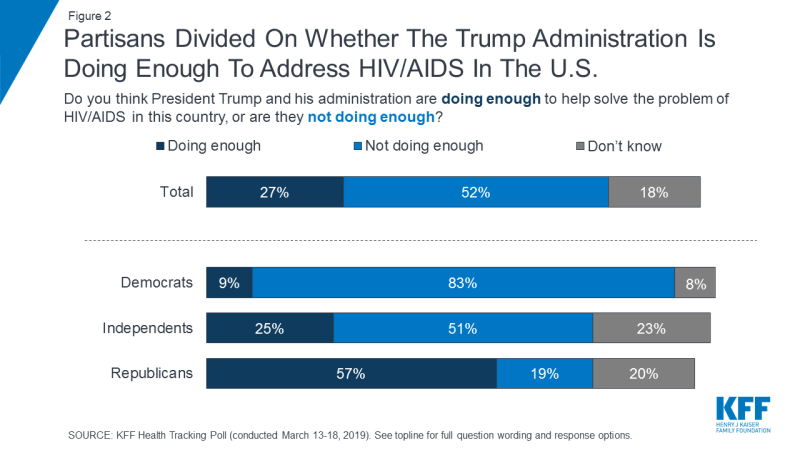
Figure 2: Partisans Divided On Whether The Trump Administration Is Doing Enough To Address HIV/AIDS In The U.S.
While there are partisan differences in perceptions of whether President Trump and his administration are doing enough to help solve the problem of HIV/AIDS in this country, majorities across partisanship are confident that the goal of reducing the number of new HIV infections in the U.S. to near zero by 2030 can be achieved. Six in ten Republicans and Democrats (59 percent) say they are either “very confident” or “somewhat confident” that the U.S. can achieve this goal. Independents are divided, with half saying they are confident (49 percent) that the U.S. can achieve this goal, while the other half say they are either “not too confident” (31 percent) or “not at all confident” (17 percent).
Most Americans See HIV/AIDS As A Serious Problem Facing the U.S.
Eight in ten overall say the issue of HIV/AIDS is a serious issue in the U.S. today and nearly half (46 percent) say it is a serious concern for people they know. This is similar to the share who reported the same in 2011 (41 percent).
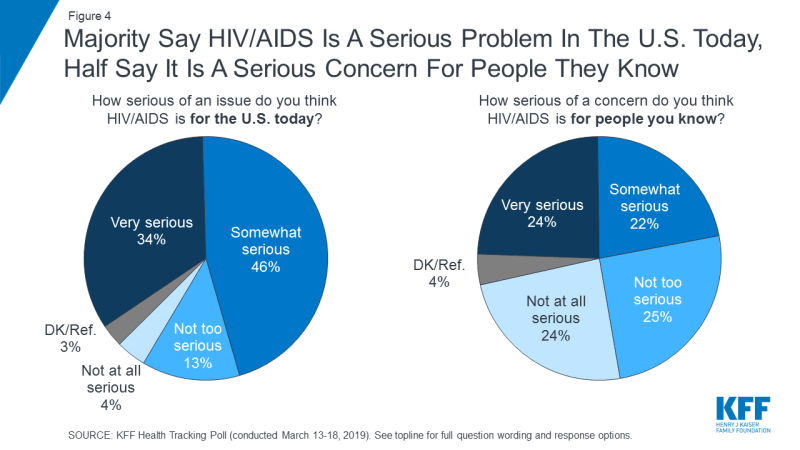
Figure 4: Majority Say HIV/AIDS Is A Serious Problem In The U.S. Today, Half Say It Is A Serious Concern For People They Know
How Americans Experience HIV/AIDS Differs By Race and Ethnicity
Two-thirds of black adults and nearly half of Hispanic adults (45 percent), populations that have been disproportionately affected by HIV, say HIV/AIDS is a “very serious” issue for the U.S. today. At least four in ten of both black adults (49 percent) and Hispanic adults (43 percent) also say HIV/AIDS is a “very serious” concern for people they know. These shares are larger than the share of white adults who say the same (26 percent and 16 percent, respectively).
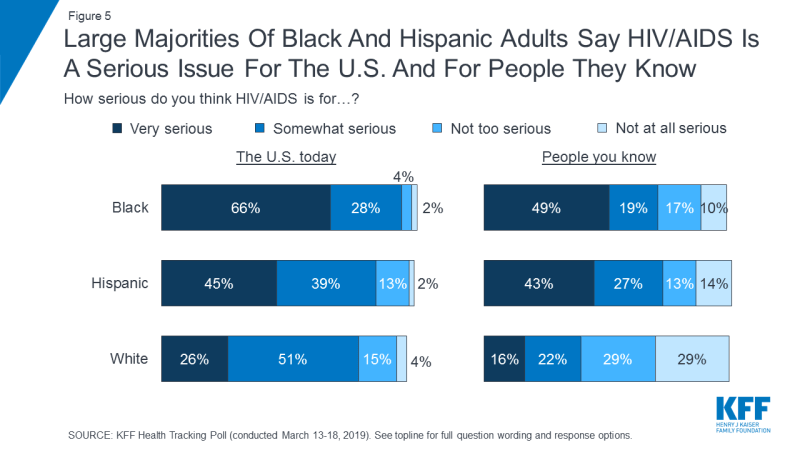
Figure 5: Large Majorities Of Black And Hispanic Adults Say HIV/AIDS Is A Serious Issue For The U.S. And For People They Know
These differences by race also extend to people’s own personal concerns with nearly four in ten black adults (41 percent) and half (51 percent) of Hispanic adults saying they are concerned about getting HIV compared to one in ten white adults (12 percent).
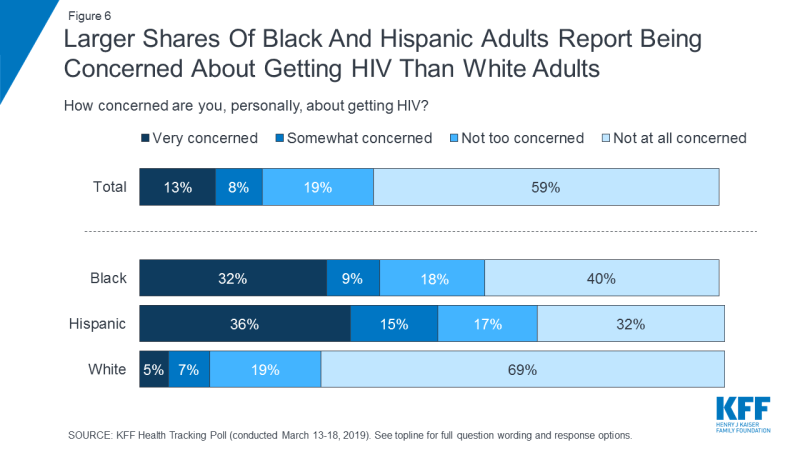
Figure 6: Larger Shares Of Black And Hispanic Adults Report Being Concerned About Getting HIV Than White Adults
This month’s tracking survey finds most of the public saying they are comfortable working with someone who is living with HIV (79 percent), having a close friendship with someone who is living with HIV (77 percent), and sharing a living space with someone who is living with HIV (62 percent). This is also true among black, Hispanic, and white adults.
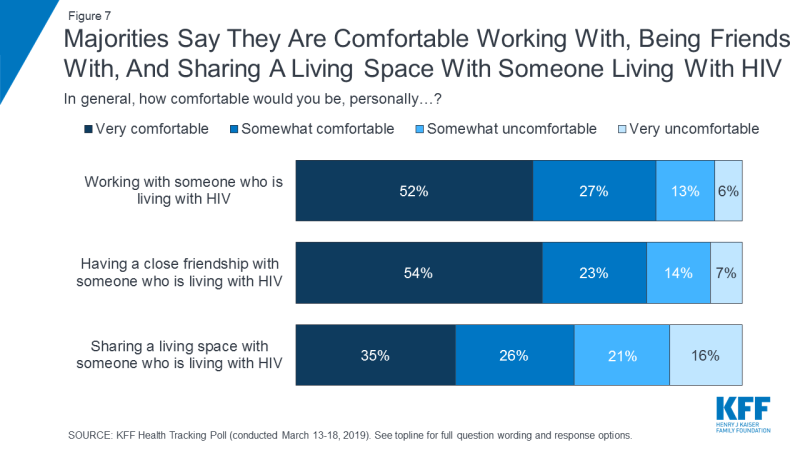
Figure 7: Majorities Say They Are Comfortable Working With, Being Friends With, And Sharing A Living Space With Someone Living With HIV
This continues the long-term trend found in KFF polling of increasing comfort levels around people with HIV/AIDS. For example, in 1997, 32 percent of Americans said they would be “very comfortable” working with someone who is living with HIV while the most recent survey finds half (52 percent) now say they are “very comfortable” working with someone living with HIV. In addition, in 2006, one-fourth said they would be “very comfortable” having a roommate who is living with HIV and now one-third (35 percent) say they would be “very comfortable” sharing a living space with someone who is living with HIV.
Increase in Awareness of PrEP, But Still Below 50% Overall
In 2012, the FDA approved Truvada as a pre-exposure prophylaxis (PrEP) against HIV. This prescription medication is for people who do not have HIV, to lower their risk of getting HIV. The share of the public who are aware there is a prescription medication to lower the risk of getting HIV has increased significantly since 2014, but is still less than 50 percent of the public, overall. Currently, four in ten (42 percent) Americans are aware there is a prescription medication that helps lower the risk of getting HIV, including majorities of black adults (55 percent) and nearly half of Hispanic adults (47 percent).
Five years ago, 14 percent of the public knew about a prescription medication that people who are HIV-negative could take to lower their risk of becoming infected. The increase in awareness is consistent across most demographic groups but some populations’ awareness has increased at a more striking rate. For example, the share of black adults who know about this prescription medication has increased from 18 percent in 2014 to 55 percent in 2019.
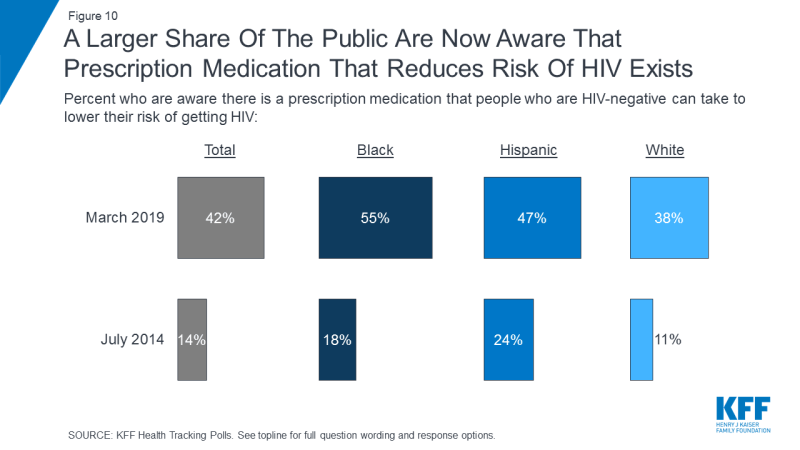
Figure 10: A Larger Share Of The Public Are Now Aware That Prescription Medication That Reduces Risk Of HIV Exists
Yet, few (13 percent) say they have heard either “a lot” or “a fair amount” about PrEP, or the brand name Truvada; including less than one-fifth of black adults (17 percent), Hispanic adults (16 percent), and white adults (11 percent). A 2018 CDC analysis that found only a small percentage of Americans who could benefit from PrEP have been prescribed it.
Public Knowledge around Treatment and Prevention of HIV/AIDS Remains an Issue
There are gaps in understanding when it comes to how antiretrovirals (ARVs), the medications used to treat HIV, work. ARVs are recommended for all people with HIV as soon as they are diagnosed and have resulted in dramatic reductions in mortality and morbidity and significant improvements in health for people living with HIV.2 Despite this scientific evidence, small shares are aware the medications used to treat people living with HIV are “very effective” at both improving the health of people living with HIV (27 percent) and preventing the spread of the virus (15 percent).
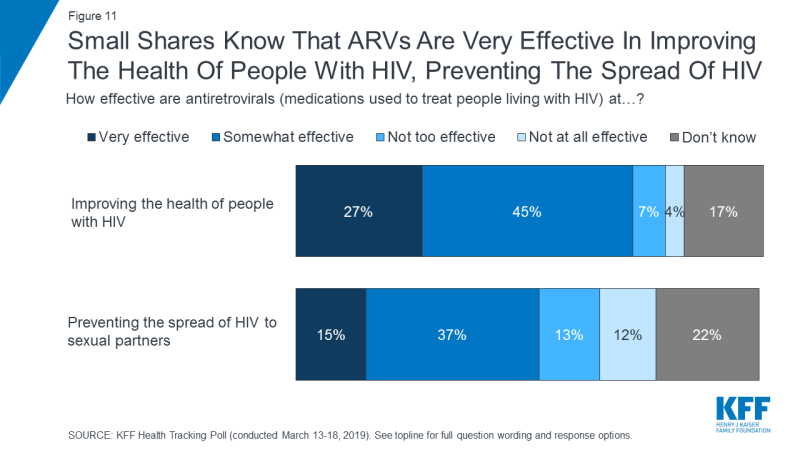
Figure 11: Small Shares Know That ARVs Are Very Effective In Improving The Health Of People With HIV, Preventing The Spread Of HIV
About one-fourth (27 percent) of white, black, and Hispanic adults say these medications are “very effective” at improving the health of people with HIV while a slightly larger share of black adults (28 percent) and Hispanic adults (23 percent) than white adults (11 percent) say these medications are “very effective” at preventing the spread of HIV to sexual partners.
Research has found consistent use of antiretroviral therapy can reduce the amount of virus in the body to levels that are undetectable by standard lab test. When someone with HIV is undetectable, according to the CDC, there is effectively no risk of sexual transmission. Overall, about four in ten (39 percent) say they have heard the term “undetectable” before and know what it means, but the majority of people either say they haven’t heard the term before (52 percent) or they have heard it but they do not know what it means (8 percent).
In addition, less than half are aware the domestic HIV epidemic has had a greater impact on black Americans (41 percent) and Hispanic Americans (18 percent) than it has on white Americans.
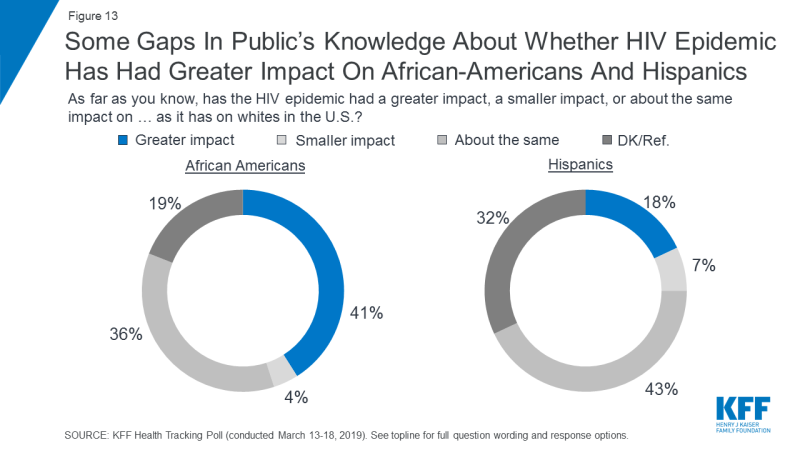
Figure 13: Some Gaps In Public’s Knowledge About Whether HIV Epidemic Has Had Greater Impact On African-Americans And Hispanics
On March 4, 2019, scientists publicly announced a second case of long-term remission in a patient with HIV. While technically not a “cure,” it has been described as such by some experts and in the mainstream media.3 When asked, two-thirds (67 percent) say there is currently no cure for HIV, while about one-fourth of the public (26 percent) say there is a cure for HIV.
Public Views of ACA and Medicare-for-all
Nine years since the passing of the Affordable Care Act (ACA), the public still holds largely partisan views over the health reform law and opinions have remained relatively unchanged for the past two years since the Republican efforts to repeal the law. Half of the public hold favorable opinions of the ACA, including eight in ten Democrats, nearly half of independents (45 percent), and about one-fifth of Republicans (17 percent). About four in ten (39 percent) of the public overall hold a negative opinion of the law including three-fourths of Republicans, four in ten independents (41 percent), and one in ten Democrats.
This partisan divide is also evident in the public’s support for a national health plan, or Medicare-for-all, in which all Americans would get their insurance from a single government plan. Majorities of Democrats and independents support a Medicare-for-all plan (78 percent and 54 percent, respectively), while most Republicans (71 percent) oppose such a proposal.
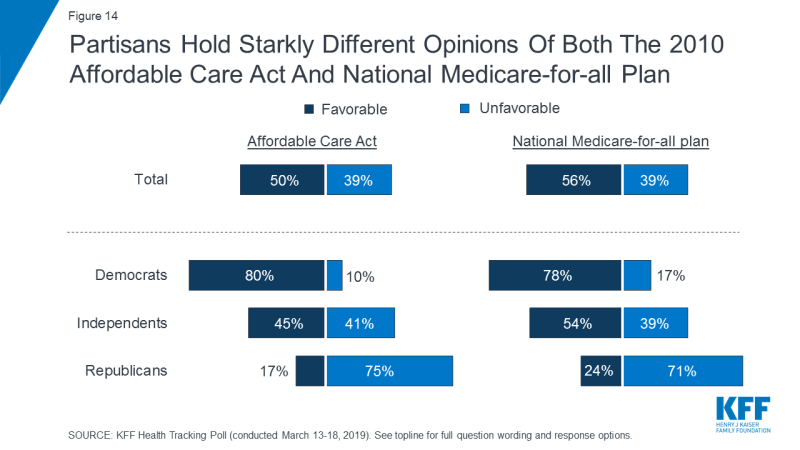
Figure 14: Partisans Hold Starkly Different Opinions Of Both The 2010 Affordable Care Act And National Medicare-for-all Plan
While Democrats are more likely than Republicans and independents to hold a favorable view of the ACA, Democrats are evenly divided in their views of whether they think Congress should focus on the ACA or on passing a national Medicare-for-all plan. When asked to choose, similar shares of Democrats say they would rather Democrats in Congress focus their efforts on “improving and protecting the ACA” (44 percent) as say they would rather Congress focus on “passing a national Medicare-for-all plan” (46 percent). The share who say they want Democrats in Congress to focus on “improving and protecting the ACA” has varied slightly in recent months.
Why People Favor or Oppose Medicare-for-all?
When the mostly Democratic supporters are asked to say in their own words the main reason why they favor a Medicare-for-all plan, a plurality (40 percent) provide responses related to universal coverage, including nearly one in ten (7 percent) who explicitly say it is because they believe health care is a right. One in five (17 percent) say making health care more affordable and addressing high costs is the main reason they support a national health plan. The reasons offered echo the same themes emphasized by the plan’s proponents so far in the debate.
| Table 1: Reasons why supporters favor Medicare-for-all | |
| Universal coverage/Health care is a right | “Because everyone needs to have a good health plan and people are not lucky enough to have that” |
| “Because everyone should have health care in this country” | |
| “If it ensures everyone has health care, I’m for that” | |
| “I think we should have affordable decent health care for everybody.” | |
| “Because health care is a right and not a privilege” | |
| “Health care for everyone is a human right” | |
| Makes health care more affordable/Costs are too high | “Because a lot of people can’t afford doctor bills and visits, like myself” |
| “There are too many people who cannot afford any other health care” | |
| “I feel like it would make health care more affordable” | |
On the other side of the argument, nearly one in four opponents of a national Medicare-for-all plan (23 percent) cite concerns about government involvement in health care as the main reason for their opposition. Nearly one in eight (14 percent) offer that it is too expensive to implement as the main reason they oppose a national Medicare-for-all plan, which is the same as the share who say that they oppose it because it limits consumer choice (14 percent).
| Table 2: Reasons why opponents oppose Medicare-for-all | |
| Do not want government involved in health care | “Because the government has no business in health care and when they do have a hand in it look at what happens” |
| “Government always messes things up” | |
| “I don’t think government should be involved in our health care any more than they are” | |
| Too expensive to implement | “It is not affordable, it will bankrupt the nation” |
| “The cost. We can’t afford it.” | |
| “The cost would break us and the taxes would go sky high” | |
| Limits consumer choice/competition | “I think people need more choice than one” |
| “I think people should be able to choose and not told what to have.” | |
| “People deserve the right to pick what they want” | |
Similarly, when supporters of a national health plan are asked about the importance of some possible features of such a plan, nine in ten (89 percent) say it is “very important” that it covers all Americans while eight in ten (79 percent) say it is “very important” that it simplifies the health care system. Smaller majorities say it is “very important” that a national health plan eliminates health care costs like monthly premiums (56 percent) or out-of-pocket costs like copays and deductibles (56 percent). Fewer supporters of a national health plan say it is “very important” that such a plan shifts what people pay for health care from premiums and out-of-pocket expenses to taxes (45 percent) or that it eliminates private health insurance companies (38 percent).

